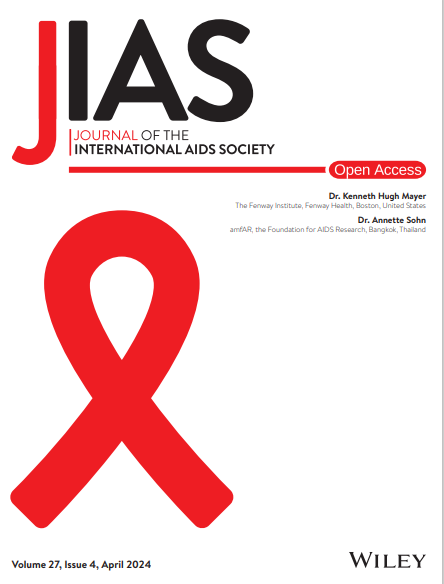Long-acting HIV pre-exposure prophylaxis promises to improve uptake, adherence and persistence challenges experienced with daily oral tablets. We assessed the acceptability of an annual tenofovir alafenamide (TAF) implant in South African women enrolled from 9 July 2020 until 31 May 2022 in a Phase I trial.
Six women received one TAF implant for 4 weeks (Group 1), after which 30 women were randomized (4:1, TAF to placebo ratio) to receive 1 or 2 TAF or placebo implants for 48 weeks (Group 2), before trial discontinuation. Acceptability assessments were conducted pre- and post-implant removal. Implant attributes (size, quantity, insertion site, palpability, visibility) and physical experiences (insertion/removal procedures, implant site reactions [ISRs]) were rated on a scale of 1 (highly unacceptable) to 6 (highly acceptable), with 4 being the acceptability threshold. The mean (range) of the mean acceptability scores across all pre-removal visits were calculated, including stratification by removal timing (early vs. scheduled). Implant likes and dislikes were also assessed.
The median participant age was 26 years. Prior to implant removal, the mean (range) acceptability scores were 5.4 (3.6–6.0) for product attributes and 5.1 (1.7–6.0) for physical experiences. Eleven (31%) participants had early implant removals, occurring on average 19 weeks (range 2–27 weeks) after insertion. The proportion of study visits reporting adherence measure as unacceptable in early versus scheduled removals: ISRs (50% vs. 19%), visibility (30% vs. 15%), palpability (14% vs. 8%), pain (16% vs. 4%) and implant quantity (13% vs. 1%). Pre-removal acceptability scores for ISRs (p = 0.003) and physical experiences (p = 0.05) were significantly associated with early removal. Overall, mean (range) acceptability scores were 5.8 (4.0–6.0) and 5.9 (4.7–6.0) for lifestyle compatibility and likelihood of recommendation, respectively. After removal, 39% of participants found ISRs unacceptable, followed by 22% citing implant visibility. Potential for long-term HIV protection, followed by discreet and convenient use, were most liked, while ISRs were the most disliked aspect.
While implant attributes, physical experiences and insertion/removal procedures were largely acceptable, local ISRs significantly reduced tolerability and acceptability, resulting in higher-than-expected early removals. The potential benefits of an annual TAF implant may be undermined unless tolerability is improved.



